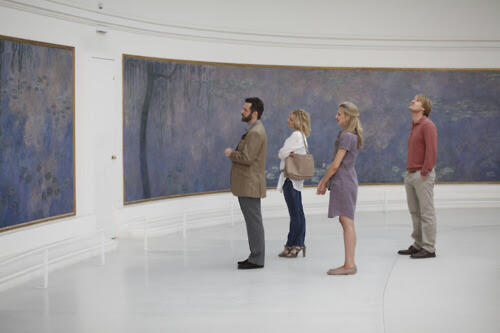
The best scene in Woody Allen’s movie "Midnight in Paris" takes place in the Orangerie Museum, where amateur art critic Owen Wilson tries to outdo his fiancée’s patronizing, know-it-all friend, a self proclaimed expert on Picasso (the good part starts at 0:33).
Fortunately, real world art criticism does not need to be a competition of pedantic word salads; nor do you need to read every book or see every painting. However, because it can sometimes be hard to get people to care, you want to be impactful, and you therefore want to include a range of attributes: be honest (don’t hide behind others' thoughts), be measured (cut to the chase), do your research (aka do your homework), have fun, and bring something new to the table, ideally by disagreeing with the experts.
Rick Love’s Hierarchy of Art Commentary
White belt: Click ‘like’ underneath an article that appeals to you or rank an artwork by giving it 1-5 stars.
Yellow Belt: Add a simple comment such as ‘I like it because it’s blue’ or ‘because it has a dog in it.’
Orange belt: Round out the comment with a more detailed explanation such as ‘...and blue reminds my of the ceiling in Renaissance chapels’ or ‘...and dogs are a symbol of fidelity.’
Green belt: Tie your comment to a deeper observation or in relation to a quote by an artist. Connect it to something an expert said or a historical event that is related.
Blue belt: Show off your analytical abilities by breaking down the formal properties and connecting them to the meaning of the art work.
Brown belt: You have transcended your personal tastes and you know your way around the short answer circuit. Sharp, to the point, and fact checked, but you need to read more widely. Only your lack of knowledge and ability to integrate it in your answer keeps you from being a black belt.
Black belt: Write an essay worthy of publication in the New York Times or create a BBC series. A black belt can use all levels in one fell swoop, incorporating all the colors so seamlessly you don’t know what hit you. Sort of like when John Berger brings his knife to a museum.
Celebrity Black Belt Art Critics You Should Know About
1. Giorgio Vasari (1511-1574): Italian artist and art historian. Caravaggio’s sworn enemy.
These biographies of the great quattrocento artists have long been considered among the most important of contemporary sources on Italian Renaissance art. Vasari, who invented the term "Renaissance", was the first to outline the influential theory of Renaissance art that traces a progression through Giotto, Brunelleschi, and finally the titanic figures of Michelangelo, da Vinci, and Raphael.
Find it on Amazon here.
2. John Ruskin (1819-1900): English artist and art critic.
The first volume of Ruskin's acclaimed artistic analyses is presented here complete with original and supplementary illustrations, and the original diagrams.
Find it on Amazon here.
3. Clement Greenberg (1909-1994): American art historian who promoted abstract expressionism.
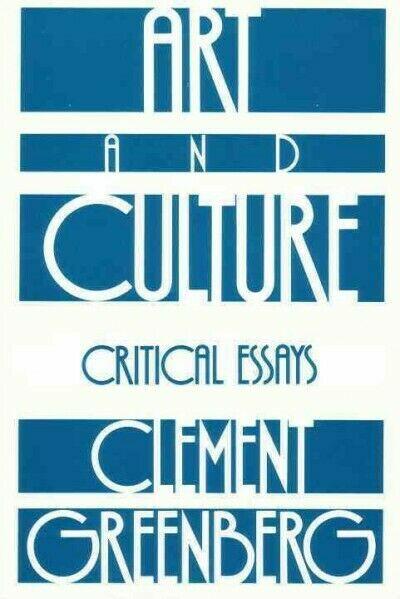 'This book should be read by anyone who is interested in modern painting and is willing to look at its spectrum through the vision of a tough-minded, rightfully opinionated critic.' —Washington Post
'This book should be read by anyone who is interested in modern painting and is willing to look at its spectrum through the vision of a tough-minded, rightfully opinionated critic.' —Washington Post
Find it on Amazon here.
4. John Berger (1926-2017): English art critic and art historian.
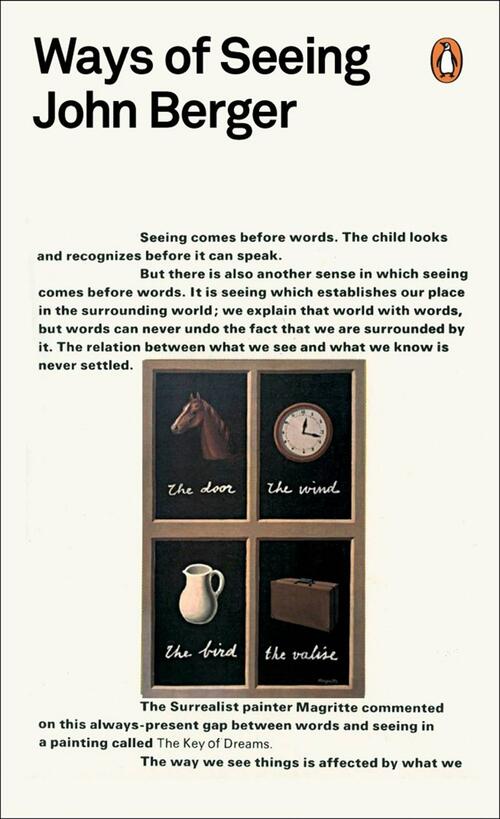 "Berger has the ability to cut right through the mystification of the professional art critics . . . He is a liberator of images: and once we have allowed the paintings to work on us directly, we are in a much better position to make a meaningful evaluation." —Peter Fuller, Arts Review
"Berger has the ability to cut right through the mystification of the professional art critics . . . He is a liberator of images: and once we have allowed the paintings to work on us directly, we are in a much better position to make a meaningful evaluation." —Peter Fuller, Arts Review
Find it on Amazon here.
5. Sister Wendy Beckett (1930-2018): Art critic and documentarian.
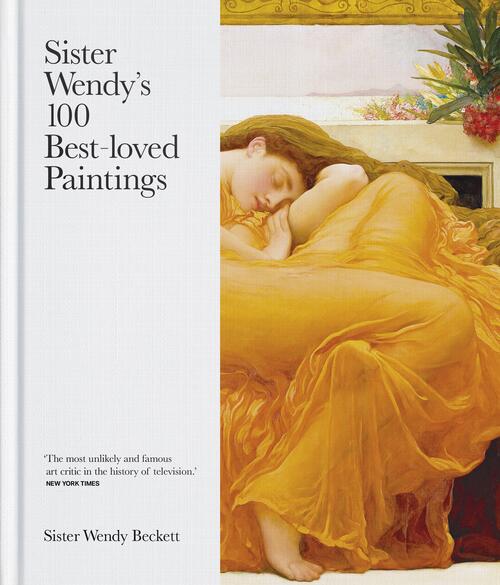 Hailed by The New York Times in 1997 as 'the most unlikely and famous art critic in the history of television', Sister Wendy Beckett went on to present numerous TV documentaries and published over thirty popular books on art history and appreciation. Shortly before she died in December 2018, and nearly thirty years on from her first book, Sister Wendy was working on an anthology of her all-time favorite paintings. The result is this enthralling collection, which will delight her many fans all over the world while also inspiring a new generation of art lovers as they develop their understanding of the depths and subtleties of some of the world's greatest works of art.
Hailed by The New York Times in 1997 as 'the most unlikely and famous art critic in the history of television', Sister Wendy Beckett went on to present numerous TV documentaries and published over thirty popular books on art history and appreciation. Shortly before she died in December 2018, and nearly thirty years on from her first book, Sister Wendy was working on an anthology of her all-time favorite paintings. The result is this enthralling collection, which will delight her many fans all over the world while also inspiring a new generation of art lovers as they develop their understanding of the depths and subtleties of some of the world's greatest works of art.
Find it on Amazon here.
6. Roberta Smith (1948-present): Co-Chief Art Critic of the New York Times. Married to Jerry Saltz.
7. Jerry Saltz (1951-present): Art Critic at New York magazine. Married to Roberta Smith.
 Art has the power to change our lives. For many, becoming an artist is a lifelong dream. But how to make it happen? In How to Be an Artist, Jerry Saltz, one of the art world’s most celebrated and passionate voices, offers an indispensable handbook for creative people of all kinds.
Art has the power to change our lives. For many, becoming an artist is a lifelong dream. But how to make it happen? In How to Be an Artist, Jerry Saltz, one of the art world’s most celebrated and passionate voices, offers an indispensable handbook for creative people of all kinds.
Find it on Amazon here.
8. Will Gompertz (1965-present): Arts editor for the BBC.
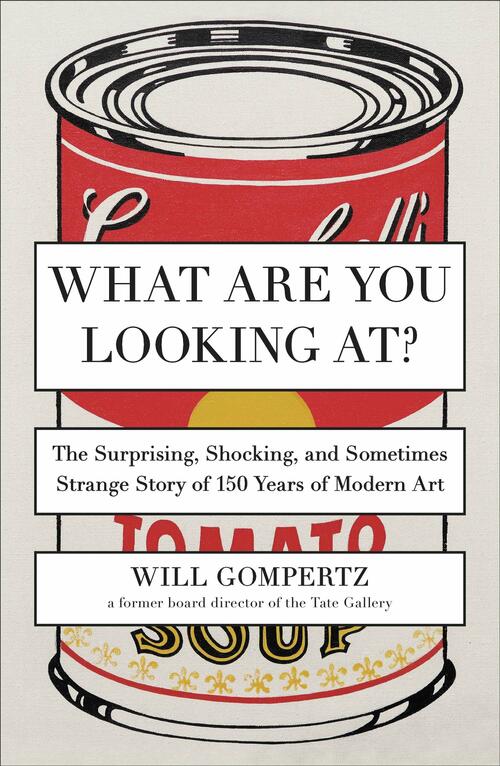 Every year, millions of museum and gallery visitors ponder the modern art on display and secretly ask themselves, "Is this art?" A former director at London's Tate Gallery and now the BBC arts editor, Will Gompertz made it his mission to bring modern art's exciting history alive for everyone, explaining why an unmade bed or a pickled shark can be art—and why a five-year-old couldn't really do it. Rich with extraordinary tales and anecdotes, What Are You Looking At? entertains as it arms readers with the knowledge to truly understand and enjoy what it is they’re looking at.
Every year, millions of museum and gallery visitors ponder the modern art on display and secretly ask themselves, "Is this art?" A former director at London's Tate Gallery and now the BBC arts editor, Will Gompertz made it his mission to bring modern art's exciting history alive for everyone, explaining why an unmade bed or a pickled shark can be art—and why a five-year-old couldn't really do it. Rich with extraordinary tales and anecdotes, What Are You Looking At? entertains as it arms readers with the knowledge to truly understand and enjoy what it is they’re looking at.
Find it on Amazon here.
We hope you find these books as great as we do. Just an FYI: Some of the links above are amazon affiliate links, meaning that at no additional cost to you, by clicking through and making a purchase, you will also be contributing to the growth of Sartle.
Comments (19)

Excellent ! I personally like your blog and waiting for more articles like this

Helpful book suggestions. Thank you!

I like the comparison of “hierarchy of art commentary” to the levels of karate proficiency because it is common knowledge to know that black belt is the best of the best. This analogy helps connect something we as students may know very little about, to something we are familiar with, therefore creating a sense of comfort as we dive into something new.

This was very helpful and easy to understand the "Hierarchy of Art Commentary." I like the cover of "How to Be an Artist" by Jerry Saltz because the cover holds a simple design and still holds a point across that any artist could relate to. What I mean by that is that, the box that says artist is different from the other boxes. This could mean that artists are unique and don't confine to what is "normal" view of the world or how they express their feelings.

I appreciate the "Hierarchy of Art Commentary" at the beginning of the article. Personally, this helps me get an idea of what a steady growth in art commentary could look like for someone who wanted to really get into art history. I will say the books: "What Are You Looking At?" and "How To Be An Artist" peek my interest the most; simply because I am a beginner in the art history world but many different art types/methods/pieces have caught my interest over the years.

Now it is very difficult for students to do all the homework they ask in universities. Objects are all different, a lot of complex topics that are sometimes difficult to understand, not only that you yourself write an essay.

I like the idea that you can be an orange belt just by spouting off on art. And that you can do it from your couch.

So many book recommendations, have you read them all?

Rick tries to cover the history of art and he has done an amazing job because it takes lots of research to write these kinds of informative articles full of relevant information.

What Are You Looking At? is a boring book, but if you like it, that's great. It is well written and relatively easy to read.

I think you can sum up the whole history of art like this: resources multiply and evolve along with technology, and art portrays what is important to the culture in which the part was created. Cave images, Post-modernism, and all in-between fit into this simple phrase.

First of all, I would like to appreciate you for writing on such an important topic it is very good article.

Berger can slice directly through the perplexity of the expert craftsmanship pundits. He is a deliverer of pictures.

I can't wait to discuss this with my students tomorrow!

I don't even think you were that harsh, you just had a good comeback to his asshole comment. I wish I could think of comebacks that quickly when I'm angry.

I will always let you and your words become part of my day and you'll never know how much you make my day happier and more complete. There are even times when I feel so down but I will feel better right after checking your blogs.

You have to leave a comment on the art of commenting on art!

I think the post is very helpful. I like the analogy of "Belt" because it is very fitting in the context of commenting art. I watched the Woody Allen's movie recently. To be honest, it is not very good, but it tells us that honest comments are valuable and perhaps the most constructive.









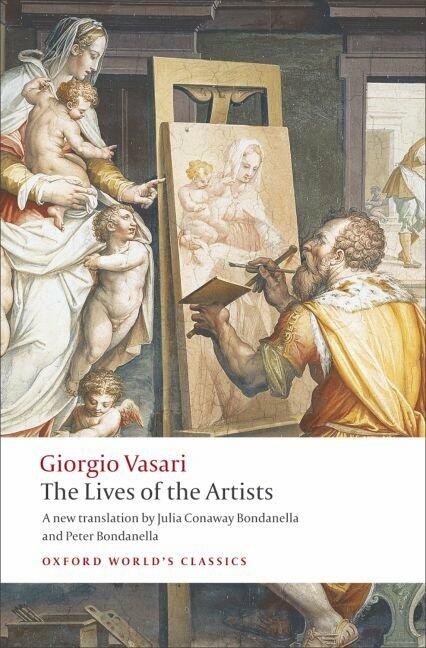
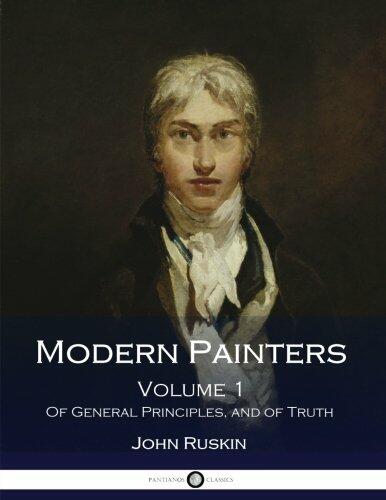

I like the parallel to karate because a subtle amount of racism always brings in the views.